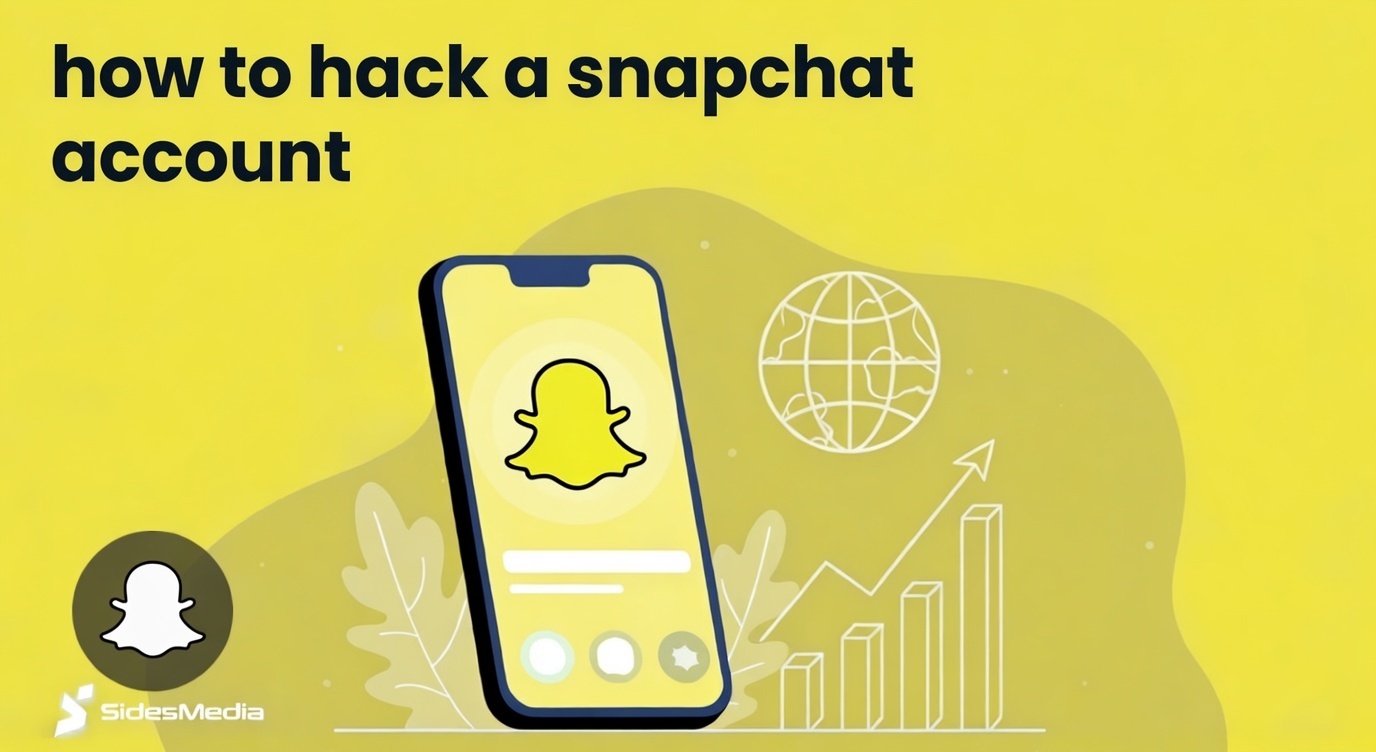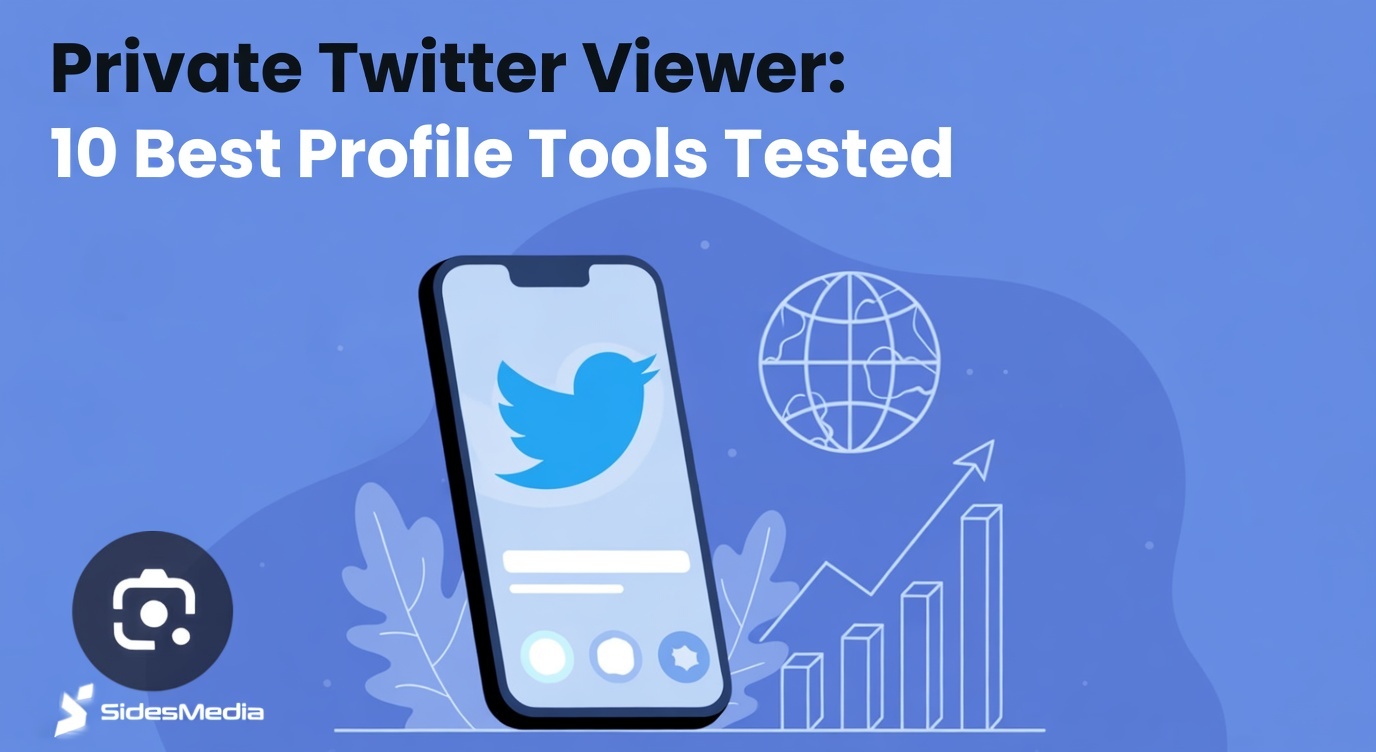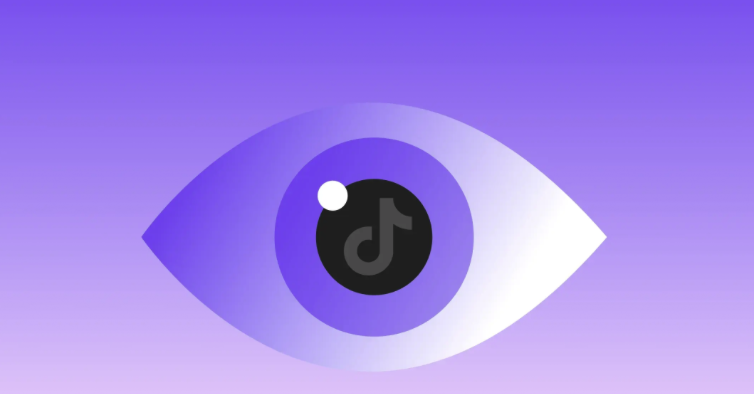Do Dislikes Matter on YouTube
Published: September 16, 2024
Many people wonder, do dislikes matter on YouTube?
Some say dislikes can hurt a video’s visibility; others say they’re just another form of engagement.
For creators, understanding how dislikes affect your videos and channel is key to long-term success. In fact, many turn to Youtube promotion services to boost their content’s reach, but it’s essential to know how engagement—both positive and negative—impacts visibility.
Let’s go through how YouTube dislikes work, how they affect the algorithm, and whether they influence your channel’s growth or earnings.
You’re in the right place if you’ve ever wondered if dislikes can make
Table of Contents
What Happens When You Dislike a YouTube Video?

Disliking a video might seem like a negative action, but it’s also a form of engagement that the YouTube algorithm tracks.
So, does disliking one video do anything?
Here’s what happens:
- Impact on the Video: Most dislikes, just like likes, are counted as part of the overall engagement of a video. While a high dislike count might seem bad, it’s still user interaction. The more people who interact with a video whether positively or negatively, the more data YouTube has to decide whether to show it to others.
- Effect on Recommendations: YouTube’s goal is to keep users on the platform. When viewers dislike videos, the algorithm takes note of that feedback. While a high number of dislikes can reduce how often a video is shown to a specific user, it doesn’t automatically mean the video will be hidden. The platform uses this data to personalize recommendations for each user, so they might see less of that content if they don’t engage with it positively. While some creators consider options like buy Youtube shorts views to boost visibility, organic engagement remains the key to long-term success.
- Does disliking affect the algorithm?: The algorithm primarily looks at engagement which includes likes, comments, and dislikes. Dislikes alone won’t destroy a video’s chances of success but can affect the algorithm’s decision to show that video to more users or put it lower in search results.
Pro Tip: If a video is heavily disliked but has a high watch time, YouTube may still promote it as people are still engaging with the content, even if negatively.
Do Dislikes Matter on YouTube and How They Affect a YouTube Channel’s Performance?
For creators, the big question is do dislikes hurt your YouTube channel?
While it’s easy to think that it would make your content invisible, it’s not that simple.
YouTube dislikes don’t limit your channel from ranking or showing up in search results. They can sometimes do the opposite and increase engagement.
The YouTube algorithm treats dislikes as part of overall interaction metrics, so it will still show up even if some people don’t like your content.
- Watch Time Matters: It is a big factor for the algorithm. If a YouTube video gets many dislikes but has a long watch time, it will still be recommended as users still engage with it. One way creators try to boost their watch time quickly is to buy Youtube watch hours, which can help meet the monetization requirement faster. However, organic engagement and high-quality content remain key to long-term success on the platform.
- Audience Engagement: It can be a signal that your content didn’t resonate with some of your audience. But remember, even negative engagement keeps your channel alive. The key is balancing and improving your content to keep viewers engaged for longer.
Fun Fact: Videos with high likes and dislikes get more comments and shares and stay in circulation within YouTube’s recommendation system.
Do Dislikes Affect YouTube Earnings?
One of the creators’ most common questions is whether dislikes hurt their ability to make money.
Luckily, they don’t directly affect your earnings, but they can impact your channel’s overall revenue in a few ways. By following steps to increase Youtube engagement, you can drive more interaction with your content, which can lead to higher visibility and, ultimately, more earnings.
- Ad Revenue: Dislikes have no impact on the ads shown on your video. What affects ad revenue is watch time and engagement. If viewers leave your video quickly because they dislike it, you may see a drop in earnings since fewer ads are being served.
- Impact on Sponsorships: While dislikes won’t hurt your ad revenue, they can impact potential sponsorships. Brands look for creators with positive audience interaction. If your channel gets a lot of dislikes, it might make sponsors wary of associating with your content, thinking it reflects poorly on their brand.
- Do Creators See Who Dislikes? No, creators can’t see the individual users who dislike their videos. But they can see the dislike count and analyze trends in viewer reaction. This might indicate poor quality or content that didn’t connect with the audience and give creators insight to improve future videos.
Should We Get Rid of the Dislike Button?
The brilliance of the YouTube dislike button has been a topic of debate, especially as some creators feel the sting of negative engagement more than others. Some may even consider options like buy Youtube views to counterbalance this impact, though such tactics rarely yield sustainable, authentic growth.
But should we eliminate the dislike button, or is it part of YouTube’s feedback system?
The Good of the Dislike Button
The YouTube dislike button gives feedback to both creators and YouTube’s algorithm. For creators, it means their content isn’t resonating with the audience, but they can improve.
For YouTube, dislikes are part of understanding user preferences and curating recommended videos.
Removing this would make it harder for YouTube algorithm to give viewers relevant content and creators would lose a form of feedback from their audience.
The Bad of the Dislike Button
Some creators feel dislikes are used unfairly, especially when viewers “bomb” videos with dislikes without watching the content or engaging with it properly.
This gives a skewed view of a video’s quality even when it’s not the majority opinion.
Negative feedback from dislikes, especially when unjustified, can hurt smaller creators trying to build their audience.
Should YouTube Remove Dislikes?
YouTube has tested hiding the dislike count, allowing users to dislike a video but not see how many others have done the same.
ways to get famous on Youtube as a kid to reduce the impact of dislike bombing while still giving feedback to creators when they want to become famous.
Some think this is a good balance, keeping the dislike button’s functionality without letting it overshadow the video.
Pro Tip: If your videos get many dislikes, focus on the feedback from comments and direct viewer engagement. This will give you a clearer picture of where to improve rather than just focusing on dislike counts.
Dislikes vs Negative Comments

Both dislikes and negative comments are forms of negative engagement on YouTube, but they serve different purposes and have different weights.
While some creators might consider shortcuts like buy Youtube subscribers to boost their metrics, it’s crucial to remember that genuine audience engagement cannot be faked by such measures.
Dislikes as Quick Feedback
A dislike is often quick and surface-level feedback. Viewers can express dissatisfaction without explaining why they didn’t like the video.
This makes dislikes less constructive feedback but is still valuable in gauging audience reaction.
Negative Comments as Detailed Feedback
Obstructive comments are often more detailed and can give creators specific reasons why a viewer didn’t like the content.
While some comments can be harsh, at least they give creators a clearer idea of where they went wrong.
Which Affects You More?
Negative comments affect most creators more than dislikes, as they’re more direct and personal.
However, dislikes can affect the overall view of a video at first glance, as viewers might judge a video based on their dislikes before watching it.
Fun Fact: Some creators turn off comments altogether if they get too much hate but leave the dislike button on so they can still get feedback without engaging with trolls or toxic viewers.
Additionally, when aiming to enhance live broadcast metrics, some creators may explore options like buy Youtube live views to boost perceived engagement, although this approach remains highly controversial and comes with its own risks.
Can Dislikes Be Constructive on YouTube Channel?
Dislikes are often seen as unfavorable but can be valuable and lead to content improvement if used constructively.
Viewer Preferences
Many YouTube dislikes can mean something in the video that didn’t resonate with your audience.
Whether it’s the topic, presentation style, or even video length, dislikes are feedback that can help you adjust.
Dislikes alone don’t tell you what went wrong, but they tell you something needs to change. That video is still worth watching.
Constructive Feedback
Pairing dislike counts with comments or looking at video engagement metrics can help you determine what needs improvement and identify ways to get more views on Youtube shorts.
For example, if your watch time drops significantly at a certain point in the video and you see a spike in dislikes simultaneously, it might mean viewers lost interest or didn’t like that part.
Turning Dislikes into Growth
Creators who take negative feedback and dislikes seriously tend to improve over time.
Dislikes can help you fine-tune your content and align it with what your audience wants to see, ultimately leading to a stronger channel in the long run.
Pro Tip: Don’t be put off by them. Use them as data to better understand your audience. Even a heavily disliked video on your YouTube channel can help you determine what your viewers really want.
Most Disliked YouTube Videos: Viral Backlash
Even the biggest creators and brands on YouTube get disliked. Here’s a look at some of the most disliked YouTube videos and what we can learn from them:
- YouTube Rewind 2018: With 19 million dislikes, YouTube Rewind 2018 is the most disliked video on the platform. It got backlash for not showing what viewers saw as the biggest moments of the year. Disconnection from your audience can lead to massive negative engagement.
- Baby by Justin Bieber: Despite being one of the most viewed videos, Justin Bieber’s “Baby” video received 12 million dislikes. However, a video can still perform well despite high dislikes if it resonates with a large enough audience.
- Lessons Learned: These highly disliked videos remind us that dislikes don’t always mean failure. Sometimes, it’s just audience polarization or disagreement with a specific piece of content.
ways to go viral on Youtube to get strong reactions, both positive and negative, which can fuel more engagement and keep the video relevant.
Do YouTube Recommend Channels with Dislike Videos?
Creators worry that a high dislike count will hurt YouTube’s recommendation of their videos.
The answer is not as simple as that.
Does the Algorithm Punish Dislikes?
Dislikes are factored into the algorithm but not as heavily as engagement metrics like comments and shares.
A video with a high dislike but good watch time will still get recommended.
Essentially, the algorithm looks at how engaged viewers are with the content, regardless of whether that engagement is positive or negative.
Content Polarization
Sometimes, highly polarizing videos can do better regarding recommendations because viewers are curious about the fuss.
In this case, dislikes can generate interest rather than suppress it.
As long as people watch the whole video, the algorithm may still recommend it to others, even if the dislike count is high.
Do Dislikes Matter for Recommendations?
Dislikes play a role but are far from the only factor determining if your video gets recommended.
Other factors, such as likes, comments, and viewer retention, weigh more heavily in the algorithm’s decision to recommend your content to others.
Conclusion
Do dislikes matter on YouTube? Dislikes are just another form of engagement and don’t actually hurt your channel growth.
Sure, some people might not have enjoyed your content, but this can also be feedback that will help you improve and create better videos in the future.
Dislikes don’t directly affect your earnings, and with the right strategy, you can use them to better understand your audience and create content that resonates.
In addition to likes and dislikes, another important factor for channel growth is engagement through comments.
Looking to boost interaction and get more comments on your videos?
Buy YouTube comments from SidesMedia.
Adding real comments to your content will create a more engaging discussion, increase your video’s visibility, and get more organic comments from viewers.
Ready to level up your channel?
Let us help you grow your YouTube fast with comments, buy youtube likes, and more!
Frequently Asked Questions

Does Disliking on YouTube Do Anything?
Yes, disliking a video is engagement and can impact the algorithm’s recommendation or hide content from a specific viewer.
Is It Good to Remove Dislikes on YouTube?
Removing the dislike feature would reduce negativity for creators but would also limit valuable feedback from viewers and how the algorithm filters content.
Does Dislikes Affect YouTube Earnings?
While dislikes don’t directly reduce YouTube earnings, they can diminish overall engagement, which in turn may lower revenue by affecting watch time and reducing opportunities to boost views on YouTube Shorts..
Does a YouTuber Know If I Dislike?
No, YouTubers can see a video’s total dislike count but not individual users who disliked their content.



